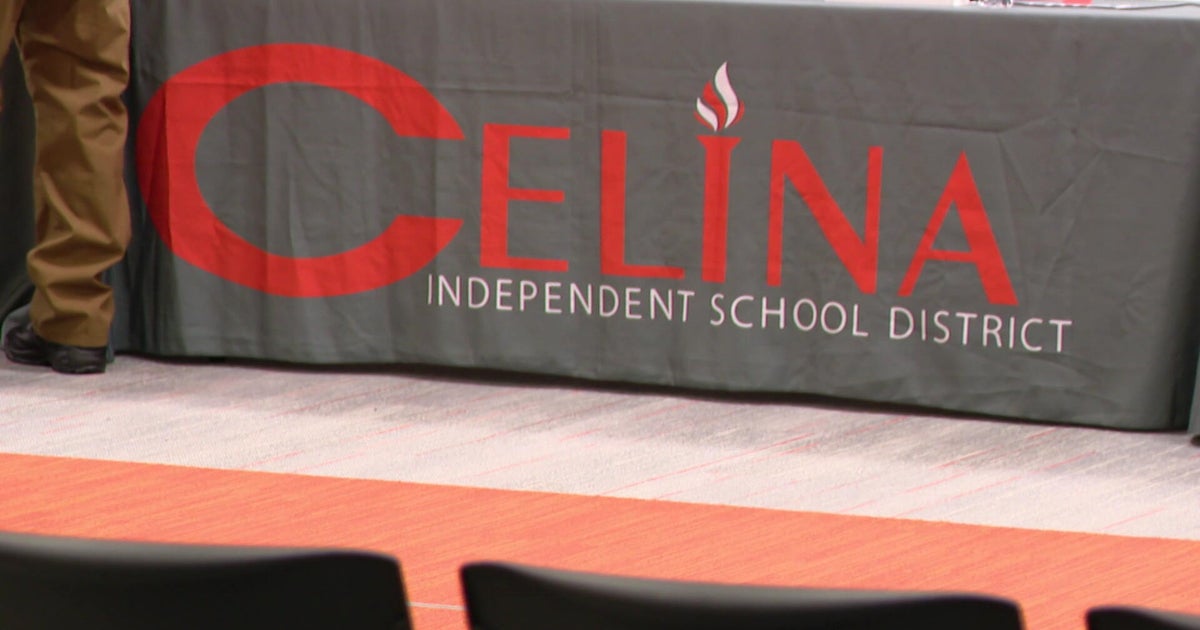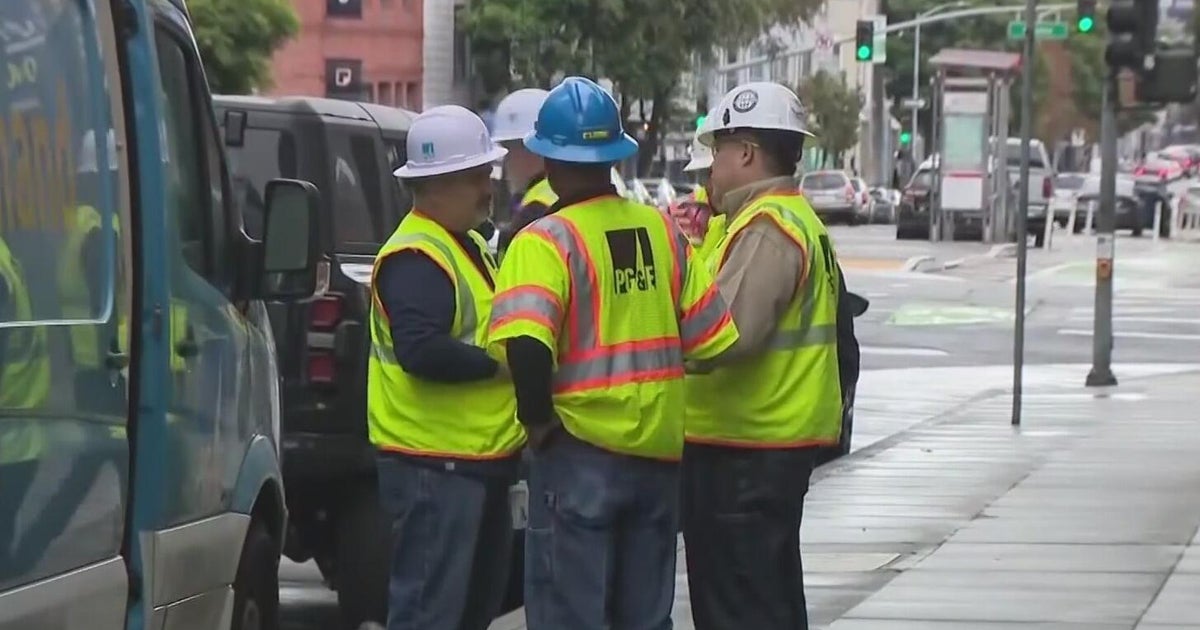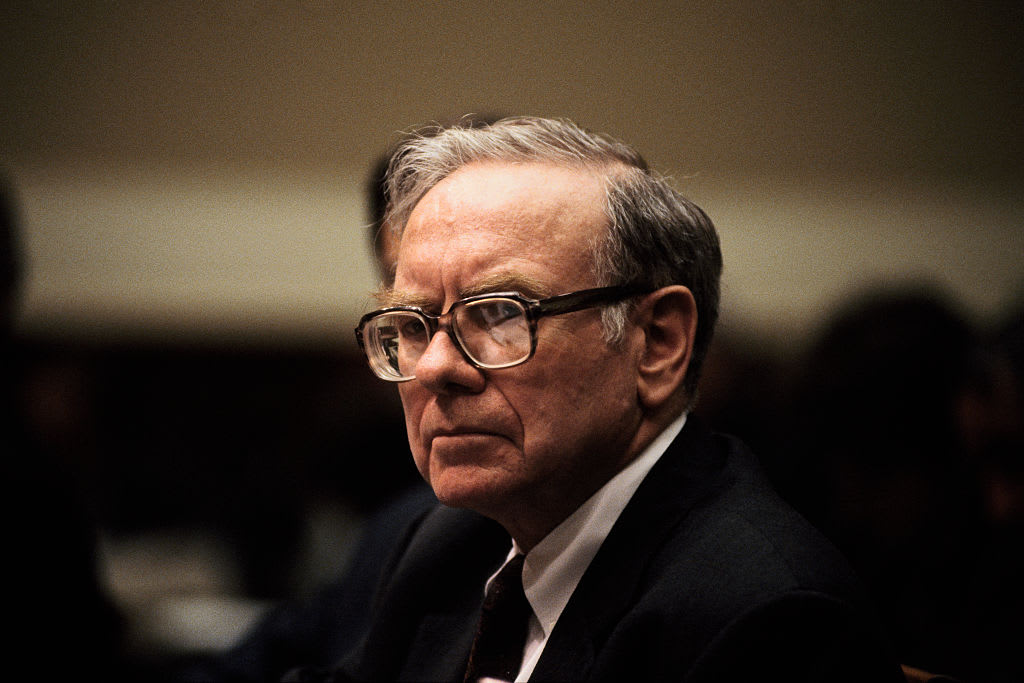Whitney Museum board trustee resigns after protests over border tear-gas ties
- Whitney Museum of American Art vice chairman and Safariland CEO Warren B. Kanders resigned from the museum's board Thursday.
- Museum employees and artists had protested his -- and the museum's -- link to the weapons company.
- The Safariland logo was seen on tear gas canisters and smoke grenades used against asylum seekers at the U.S-Mexico border.
- A group of eight artists withdrew their work from the Whitney Biennial after its president failed to take action against Kanders.
Whitney Museum of American Art vice chairman Warren B. Kanders resigned from his board post Thursday after months of protests -- including eight artists' withdrawal from the prestigious Whitney Biennial exhibition -- over his military supplies company's sale of tear gas used on asylum seekers at the United States-Mexico border.
Kanders announced his resignation, effective immediately, in a letter addressed to the museum's board of trustees, The New York Times first reported.
"Unfortunately, the targeted campaign of attacks against me and my company that has been waged these past several months has threatened to undermine the important work of the Whitney. I joined this board to help the museum prosper. I do not wish to play a role, however inadvertent, in its demise," Kanders wrote.
Kanders owns Safariland, which produces military supplies, including the tear gas that was used against migrants at the United States-Mexico border. He purchased the Jacksonville, Florida-based company in 2012 for $124 million.
More than 100 Whitney employees in December signed an open letter calling on the museum's leadership to respond to Kanders' link to the crisis at the border.
"We are writing to convey our outrage and our frustration and confusion at the Whitney's decision to stay silent on this matter," it read.
"First and foremost, some of us are deeply connected to the communities that are being directly impacted and targeted by the tear gassing at the border. For the Whitney not to acknowledge that this news may impact its staff is to assume we are separate from the issue, that it is happening somewhere else to some other people," the letter read.
Whitney Director Adam Weinberg largely skirted the controversy, calling the museum "a place of great promise, hopes and dreams, often against great odds."
Kanders joined the Whitney board in 2006, where his wife Allison was, until Thursday, a member of its painting and sculpture committee. A museum stairway is named after the couple, according to Hyperallergic, an online arts magazine.
Mounting outrage from Whitney artists over the matter appears to have forced Kanders to succumb to pleas that he resign.
In December, Michael Rakowitz, an artist featured in the Biennial, withdrew from the exhibition to protest Kanders. Last week, four other artists asked, in a letter published by Art Forum, that the museum pull their work from the show. Four more artists then joined that group.
"We respectfully ask you to withdraw our work from the Whitney Biennial for the remainder of the show. This request is intended as condemnation of Warren Kanders' continued presence as Vice Chair of the Board," the artists' letter read.
They said that they had already committed to participating in the biennial when they learned of Kanders' role as CEO of Safariland, and that the "museum's continued failure to respond in any meaningful way to growing pressure from artists and activists has made our participation untenable."
Kanders said that he is "proud" of what was accomplished during his tenure at the museum, but warned that he believes "the vibrant art community that this institution has been able to support since the days of Gertrude Vanderbilt Whitney is clearly at risk."





